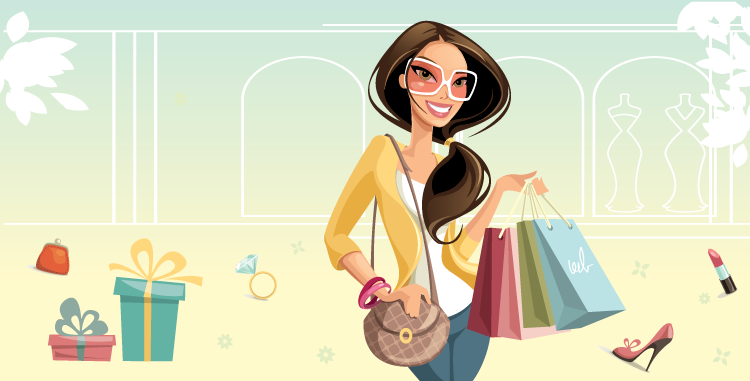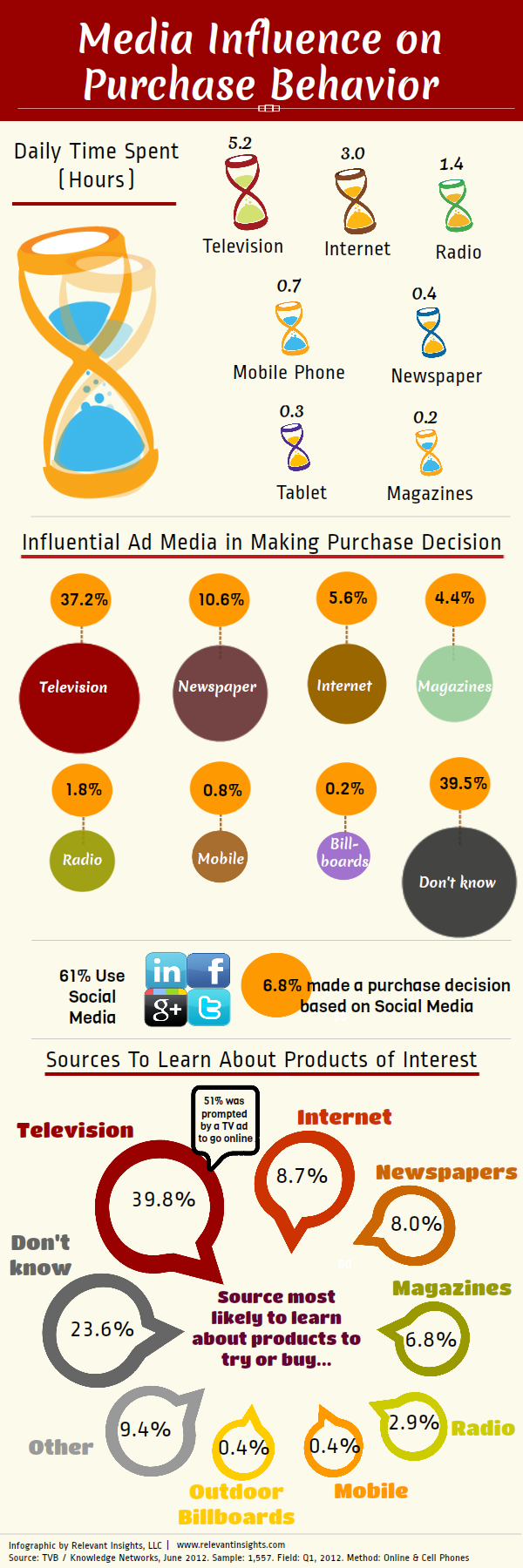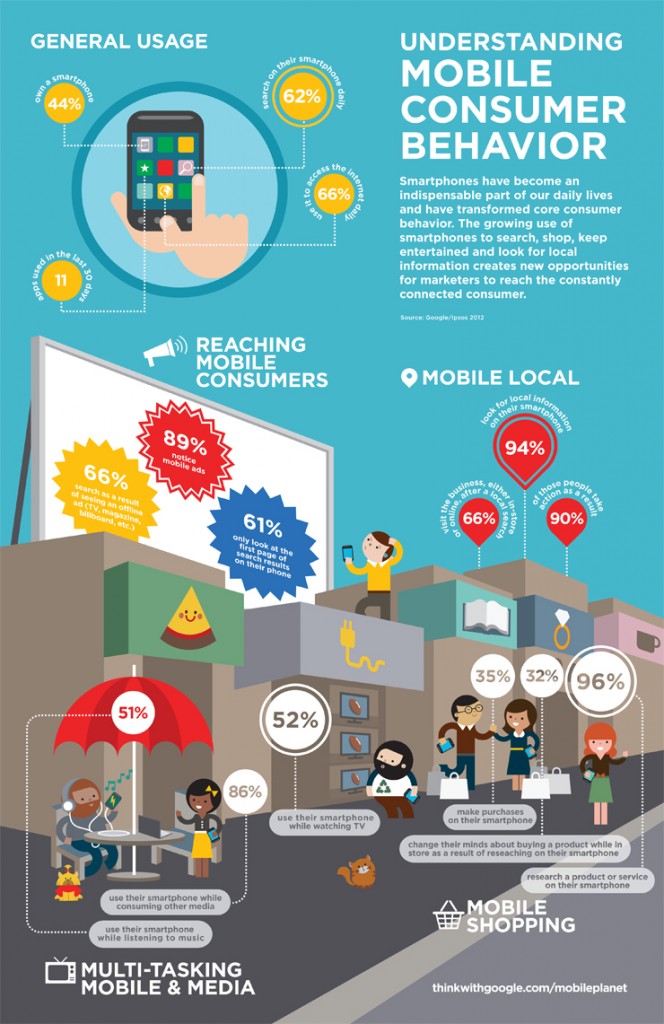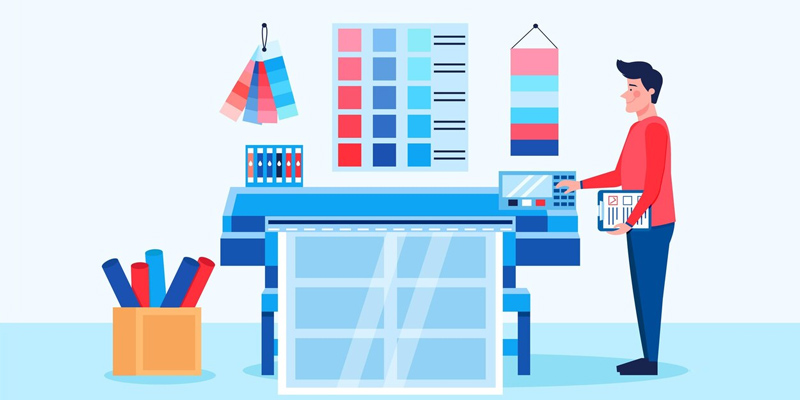Milestones to Consumer Buying Behavior Patterns

Feature Image Source: iStock.com/aaaniram
“The most important thing is to forecast where customers are moving, and be in front of them. “Philip Kotler
The old school method of understanding consumer behavior revolves around retail stores where the aim of the study is to identify the type of customers and their buying patterns. With these studies, marketers are able to gauge customer response to sales promotion devices. The agenda for this study involves why a consumer is buying a particular item, where is he buying it from, when will he buy and what will be the estimated repurchase time for the same product. If a marketer gets the answers to all these questions, he can create offers and better marketing campaigns for engagement.
While things were starting to get in favor of the marketers, the digital world changed the whole equation. Now they have to adjust and conform according to the interactive world, which by the way, is still in its stages of infancy and constantly evolving. Interestingly, the mobile internet usage is growing faster than internet usage in general. Hence more buyers are on mobile. Now in a consumer-driven market, buyer trends and purchase behavior will impact the way brands do business.
As for the consumer with purchasing power, they have been shaping the market demand even before they realized that they were part of it. Usually, without conscious thinking, you’ve developed certain mental shortcuts that allow you to choose among alternatives. For example an individual might be interested in buying a car that he perceives to be value for the money but a friend’s choice might influence his decision. That’s where peer pressure kicked in but what other factors can possibly influence purchase decision?
Buying Behavior Patterns
Some of the basic and instinctive needs are not the only reason which shape purchase decision. Also buying behavior pattern is not synonymous with buying habits. A habit is developed as a tendency towards an action and it becomes spontaneous over time while a pattern shows a predictable mental design. Every individual customer will have his/her unique buying habits while the buying behavior patterns are collective and hence offer a unique set of characterization for marketers. These patterns can be grouped according to:
- Place of purchase
- Item purchased
- Time and frequency of purchase
- Method of purchase
Place Of Purchase
In most cases, customers divide their purchases in a number of stores even when all the items are available in the same store. They can shop in various specialty stores. So when a customer has the capability and the access to purchase in different stores to buy the same products, they are not permanently loyal to any store, unless that is the only store they have access to. After studying customer behavior in terms of choice of place will help identify key store locations and also in the choice of distributors.
Items Purchased
The key questions in this case are:
What items were purchased?
How much of each item was purchased?
A good majority of the customers will pick necessity items but the number of buyers will reduce in case of luxury items. Also each filled trolley conveys something about the type of buyer and their purchase potential. The amount of each item purchased is influenced by: perishability of the item, purchasing power, unit of sale, the price, number of consumers for whom the item is intended. Now the knowledge of all these factors are important for manufacturer, distributor as well as the marketer.
Time And Frequency Of Purchase
In most cases, customers go shopping according to their feasibility and they expect service even during the oddest hours. It is the job of the departmental store to stay updated with the customer purchase pattern and match their service according to the time and frequency of the purchase. Another aspect that must be accounted for in this case is test and verify the effect of seasonal variations and regional differences. The retailers can optimize their service by modifying the waiting line algorithms at their checkout counters and by providing facilitators in each queue.
Method Of Purchase
Now this one is slightly tricky because the method of purchase will involve a customer directly walking in to a store, or place an order and get charged on delivery or use credit cards cash n carry or online purchase. Often the method of purchase can induce more spending from the customer.
Consumer behavior is often influenced by psychological factors, situational and cultural factors, and environmental factors and also by the type of marketing. Brands try to study consumer purchase patterns and figure out buyer trends. In most cases, brands influence consumer behavior only with the things they can control. For example a cozy furniture store with soft music playing in the background and musty fragrance in the air will influence your mood which acts as one of the factors for making a purchase decision. So what are the factors that influence them to say yes?
First up are the needs, try recalling Maslow’s Hierarchy of needs. Now check out the 5 needs that shape consumer behavior.
5 Needs That Shape Consumer Behavior
Well there’s not much you can do to tailor a product. Let’s not forget, there’s a limit to our imagination and of course the competitor will do that too to fit in. How else can you create differentiation? This brings us to the situational factors that shape consumer behavior.
Situational Factors
Whether, it’s a retail store or an e-store, the consumer likes to wander around before making any purchase. In most cases consumers are driven not by product information but by situation. Consumer motivators for purchase decision tend to be less complex for regular purchase items. They seek more information in case of high value items. For regular shopping, the decision is made either prior to setting foot into the store or after they come across any situation in that setting. For instance, a customer landed in an electronics section and going through the accessories, he/she realizes that they need a cover for their laptop. In many instances, the placement, and packaging affects purchase decision.
Personal Factors
An individual’s personality shaped by the psychographic characteristics including lifestyle traits, habits values and preferences of the consumer also dictate their decision. In this regard, the VALS (Values, Attitudes and Lifestyles) is the most commendable approach to classify people based on psychographics. When these factors are paired with the demographics, it can give a clear understanding of how a consumer is going to react to a particular stimulus such as a marketing campaign. The analysis from such information can help predict consumer behavior in different circumstances.
Marketing Foundations: Consumer Behavior
Media Influences
There is no doubt about the fact that media has taken a fair share of our attention. Truth be told, we made it that way, as in the consumers. We rely on media sources to gauge the worth and value of brands. Even before stepping into a retail store, most buyers have made their mind about purchase from primary media sources such as the television, Internet, radio, newspaper or any local magazine. Yet, there is 39.4% of people who don’t have a prior decision and marketers have the opportunity to influence their behavior. Check out more stats on media influence in this infographic.

Image Source
Consumer Behavior Shift After Mobile
Online shopping has never seen an uplift as high as with the mobile devices. Now the consumer is well-informed and prefers convenience shopping on mobile. A majority of this shift in buying behavior is due to the millennial shoppers who are the vital force that can shape the dynamics of the market. In most cases, consumers would like to skim through the latest offers on mobile and open to risks in terms of testing new brands.
This growing use of smartphone displays, the customer awareness level and opens up a window of opportunity for the marketers who can the guide the consumer through all the levels of consumer considerations leading to the decision phase. Around 32% of the consumers change their minds about buying a product while in store as a result of researching on their smartphone. Check out more about consumer behavior on mobile in this infographic.

Image Source
Conclusion
We have seen how the consumer buying behavior displays a pattern. Marketers are now trying to replicate the strategies adopted after studying the consumer behavior in the retail sector into the digital markets. The shift in buying behavior is catered through mobile shopping, carts and consumer apps that helps in tracking their activity and allows marketers to streamline their strategies and marketing campaigns accordingly.


